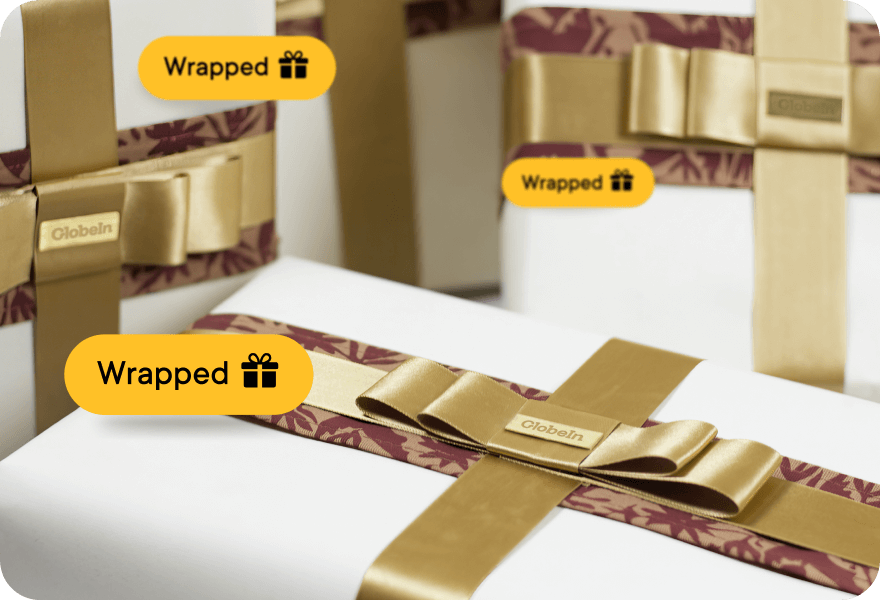

✓ Item added to cart
View Cart
Artisan Crafted Wool Coasters (Set of 4) - Oaxacan Star
Learn more >
Sourced
Guarantee
Traditional Zapotec motifs add unique style to this set of four coasters from Jaime Sosa in Mexico. The colorful coasters are woven from wool on a traditional pedal loom.
- 100% wool
- 0.96 oz
- Each: 4.7 inches L x 4.7 inches W
- Fringe: 0.4 inches H
THE STORY BEHIND THE PRODUCT

Artisan Organization: Jaime Sosa
Country: Mexico
"I am Jaime Sosa, originally from Teotitlán del Valle, and I have been working in textile art since I was 8 years old. In our community we start from a very young age because we grow up seeing our family doing this work generation after generation. My parents are the fifth generation of artisans in our family, and the sixth begins with me.
"We started as children doing simple things like filling bobbins, so the threads won't get tangled and we can form the motifs on the rugs, or making the ends of the threads. I started helping my parents to do this and I also washed and dyed the yarns.
Later, at the age of 12, my parents began to teach me to weave on the loom and, around the age of 13, I began to make my first rugs. But, unlike those of my parents, mine were much smaller at first. Most of the processes I learned just by observing from start to finish, from how to obtain the wool and how to dye it, to how to weave it, and to see the finished product. When I started working with difficult designs, I didn't know how to do it. I made and remade the rug but I didn't get the design or the size, and I wasted a lot of material. Later, with the passage of time and practice, I managed to do it and it was a very satisfying moment for me.
"I have seen my family collaborate with Novica practically since I was born, because I am the son of Delfina Ruiz and nephew of the entire Ruiz Family, who have collaborated with Novica for more than 20 years. Seeing my family collaborate with Novica during all this time was something very significant for me because since then I have been aware of the value of products made by hand, with traditional techniques and processes. I think it was important to have that in my life because I feel proud to know that someone on the other side of the world values what we do, what is made at home.
"That is important to us because it is what we live with and it is a pride to know that people value and realize that it is much more than a pretty piece. At some point I thought of dedicating myself to something else and having another profession. However, this was an important factor for me to motivate myself to continue with the family tradition.
"My whole family works in the workshop — my parents, my sister and I. We all do the different processes. The way we organize ourselves to work is by helping each other. We are a team, but at the time of weaving, each one has their own machinery, their own loom and their own area to make the pieces. My dad, for example, usually weaves bigger pieces, and mine are a little smaller, My mom weaves still a different size. We all weave in different sizes. And since my sister is the youngest, she helps us to fill the bobbins with the colored yarns so that we can work them on the loom.
"Although all the processes are important, what I like to do the most is weaving. I feel that in this way I am connected with my ancestors, and also with nature, because we obtain our colors through plants. Some designs are made by inspiration. First I shape it in my head, and while I'm weaving it I make the combinations. It works differently for everyone. In my case I think my designs are more from memory, although there are some cases in which I have drawn first in my notebook and that works as a guide before starting to weave.
"In addition, all our designs have a meaning. There are some figures that we take from the ancient Zapotec ruins, for example, the geometric fretwork of Mitla, a symbol that represents life and birth. I think that for this reason we could distinguish each one of our pieces in any place, because each of the designs comes from our minds, and we identify them by the type of design, the combination of colors and the arrangement of the elements.
"In the future, I would like to teach and instill this art in the next generation and continue with the family tradition, because it is something very beautiful. It is important that these types of techniques continue to be worked on so that our culture continues to be preserved over time, since that is what represents us as Teotitlán del Valle — wool textiles. Distinguished, not only for the quality of the fabric, but also for the dedication, time, effort, and love with which they are is made. It is immediately noticeable when a textile is made of wool — it feels different.
"It is important to preserve the technique because, with it, our culture is also preserved. We are still governed by very old customs and traditions. For example, our language, which, thanks to communities like mine, still lives because we continue to teach our children from an early age. Ancestral traditions such as the feather dance or the jarabe del valle dance are also preserved. That is why I would like to always keep our workshop, because it is the place where I was born and raised, and where we continue to contribute.""























